

It was here in 1736 that mathematician Leonhard Euler used the arrangement of bridges and islands at Königsberg as the basis for the “Seven Bridges of Königsberg Problem” which led to the mathematical branches of topology and graph theory.
Nearby was the Palaestra Albertina, established in 1898 for sports, the Academy of Art with a large painting collection of the Italian and Dutch Masters. There was also a magnificent Exchange, a Bahnhof, a famous Observatory fitted up by astronomer Friedrich Bessel, a Botanical Garden, a Zoological Museum and the “Physikalisch” which housed botanical and anthropological collections and prehistoric antiquities.
Lastly, Königsberg’s most notable structure was the magnificent palace with its high gothic tower, formerly a seat of the Teutonic Order. The west wing contained the lovely Schloßkirche where Friedrich I of Prussia was crowned in 1701, and Wilhelm I in 1861. The castle was the core of the city and symbolic of its monarchs’ closeness with his people throughout the centuries. It stood regally weathering good times and bad in this ancient German city.
By 1800, the city was approximately five miles in circumference and had 60,000 inhabitants and after the abolition of the Holy Roman Empire in 1806, Königsberg remained the capital of East Prussia, even though it was outside the formal borders of Germany. In 1871 it was incorporated into the German Empire and it flourished with an extensive local railway network which by 1860 connected the city to German cities such as Breslau and Berlin as well as other far away destinations as St. Petersburg. By 1900, the city’s population had grown to almost 200,000.
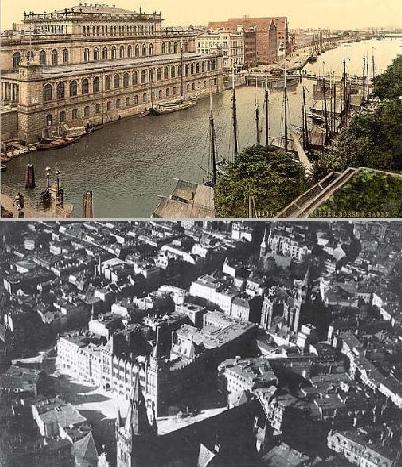
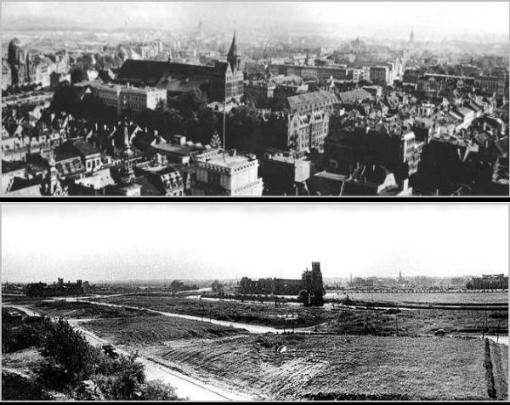
|
| 1939 and 1948 |
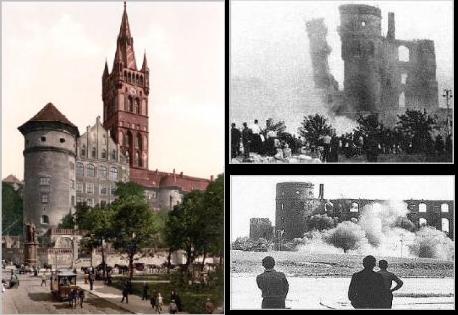
|
| The Communists blowing up the remnants of Königsberg Schloss |
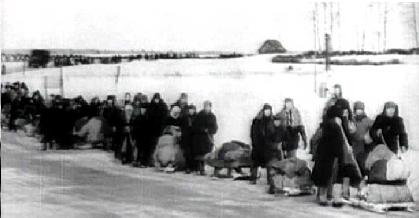
|
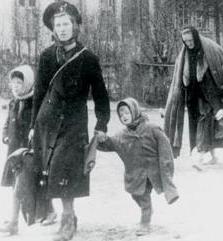
|
| German families fleeing, 1900 and 1943 | |